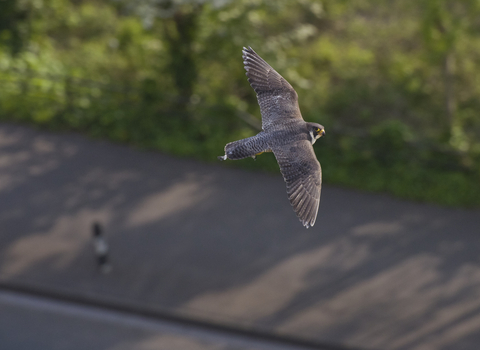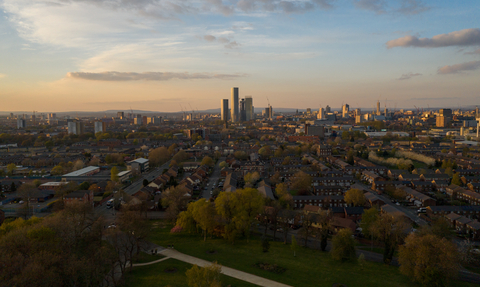
Nick Rodd
Manchester's Nature Recovery Network
Led by the My Wild City team we are developing a Local Nature Recovery Network which will help to make Manchester a world class, liveable city for both people and wildlife alike.
What is a Local Nature Recovery Network?
In order for nature to thrive, we need it to be bigger, better and more joined up.
Nature reserves alone cannot meet the needs of wildlife or our communities. To achieve that, we also need to protect and improve the many other places where wildlife lives – like gardens and parks – and ensure that these areas are linked up, creating stepping stones that will allow wildlife to safely move between them.
How will we put nature back into recovery in Manchester?
Working with the Greater Manchester Ecology Unit we are looking in detail at where the different wild places are situated across Manchester, as well the distribution of a number of different plant and animal species. This information will be used to help us create a Nature Recovery Network map for the city which will identify priority habitats and wildlife corridors.
We are also:
- Working with Manchester City Council to produce a new Biodiversity Strategy and Action Plan for the city.
- Producing clear work plans for Sites of Biological Importance in Manchester.
- Running regular volunteer work parties at these sites. Join Team WILD!
- Inspiring people about the wildlife on their doorstep with our My Wild City project and encouraging people to take action by getting involved in our My Wild Garden campaign.
- Looking at nature's recovery at a neighbourhood level with our North Manchester Nature Network
Meet some of our star species!
These are just a few of the species that are helping us to put nature back into recovery in Manchester.

Common frog by Mark Hamblin/2020VISION
Frogs
Common frogs need plenty of wildlife ponds to thrive, which will also benefit lots of other wildlife too.
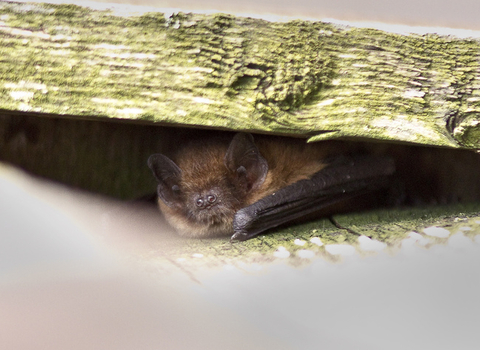
(c) Harry Hog
Bats
Bats rely on a healthy insect population for their diet and without insects many other species would suffer.
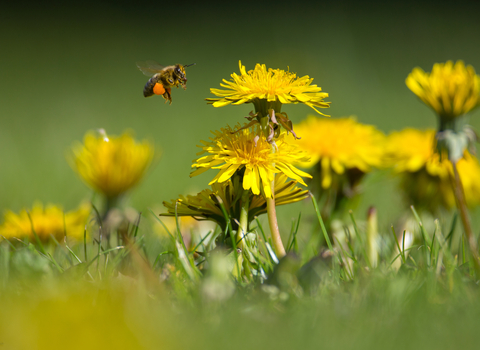
John Hawkins - Surrey Hills Photographu
Dandelions
Dandelions need untamed lawns, parks and verges that will also provide a vital home to lots of other wildflowers and minibeasts.
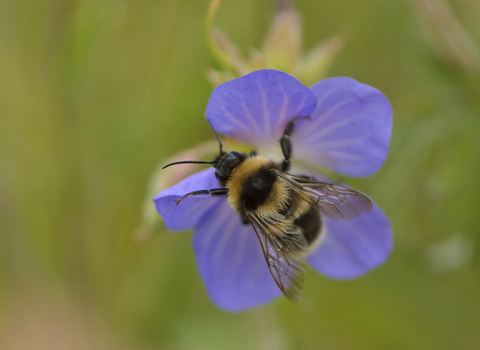
Chris Gomersall/2020VISION
Bees
Bees need flowers, and lots of them. This won’t just give bees the helping hand they need; lots of other pollinators will benefit.
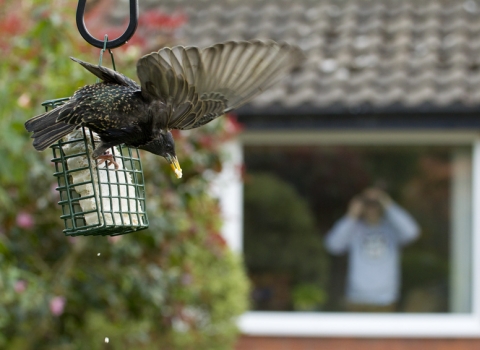
Ben Hall/2020VISION
Starlings
Starlings need plenty of trees and bushes to provide them with the food and shelter they need. Mature trees and healthy hedgerows also support a huge amount of other wildlife.
Help us turn Manchester wild
- Become a member
- Campaign with us to put 30% of the UK’s land and sea back into recovery by 2030
- Join our Team WILD volunteers
- Pledge to turn your garden wild
- Record wildlife
- Inspire others - we would love to hear your wildlife stories, please share them with us!

